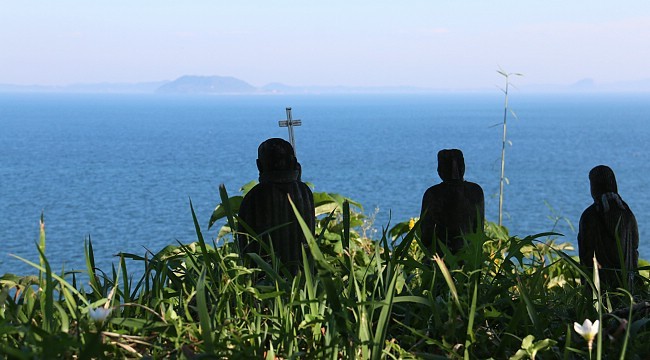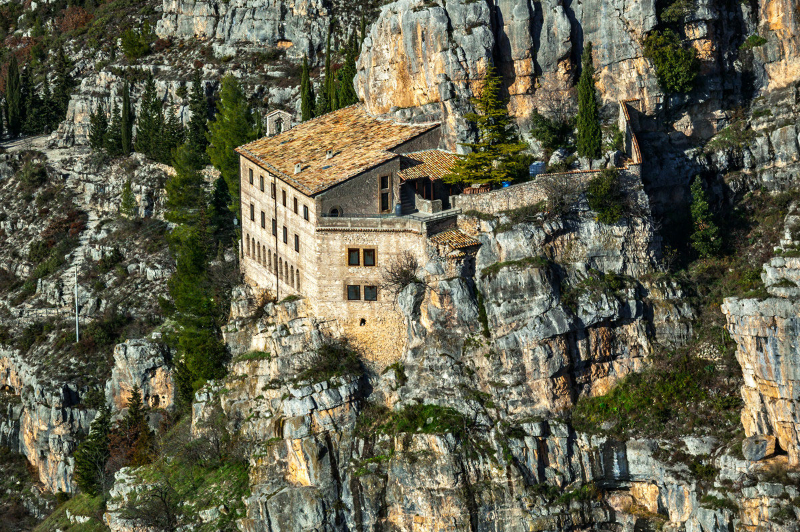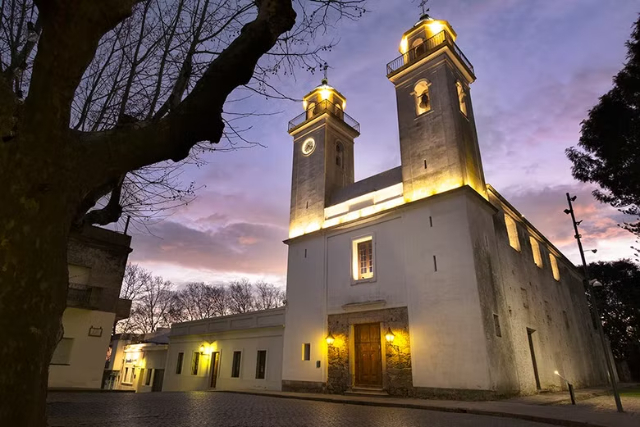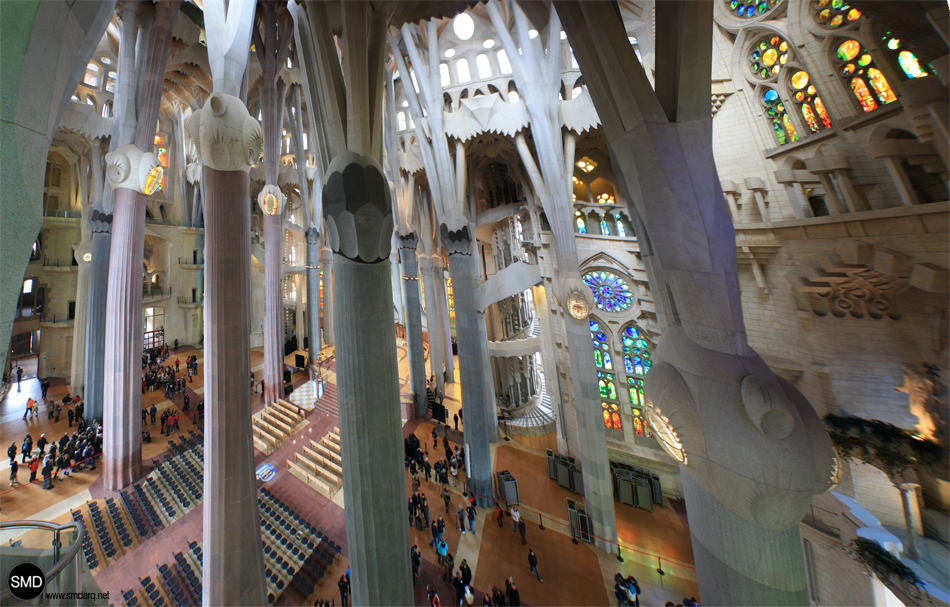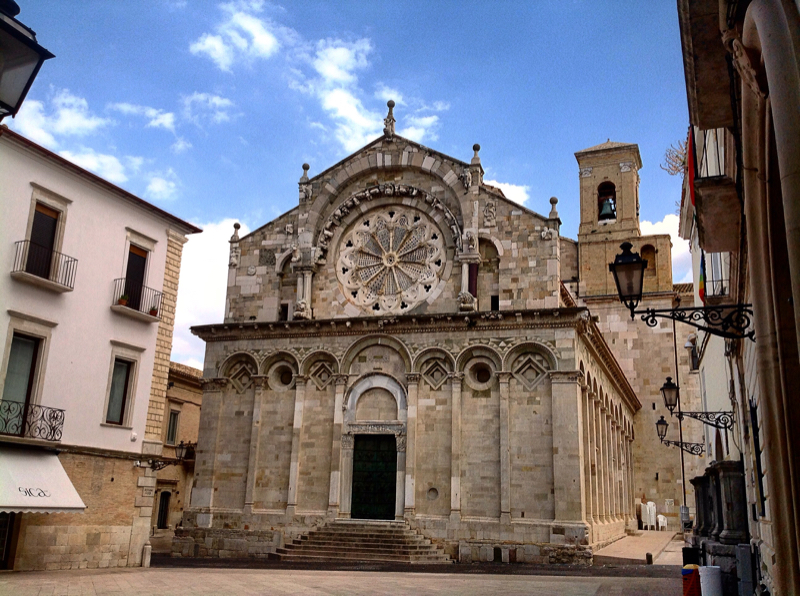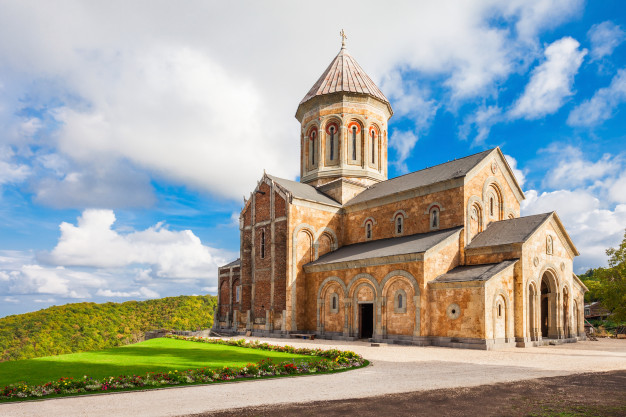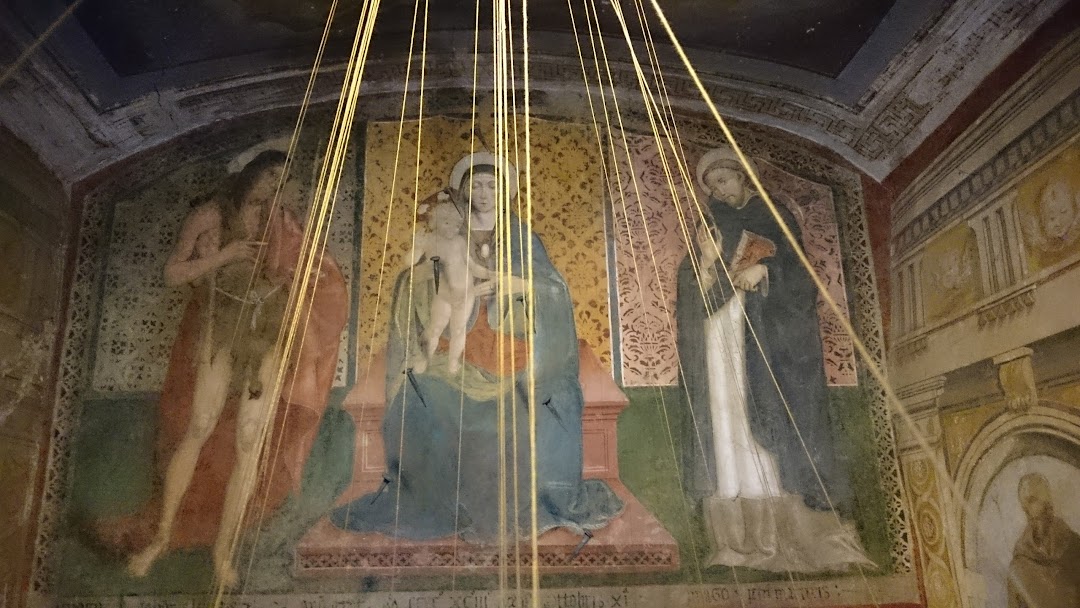Located in the Nagasaki and Kumamoto prefectures in the northwestern part of Kyushu Island of the Japanese Archipelago, the ‘Hidden Christian Sites in the Nagasaki Region’ is a serial property comprising 12 components, made up of ten villages, one castle remains, and one cathedral dating from between the 17th and 19th centuries. They reflect the era of prohibition of the Christian faith, as well as the revitalization of Christian communities after the official lifting of the prohibition in 1873. Hidden Christians survived as communities that formed small villages sited along the seacoast or on remote islands to which Hidden Christians migrated during the ban on Christianity. Hidden Christians gave rise to a distinctive religious tradition that was seemingly vernacular yet which maintained the essence of Christianity, and they survived continuing their faith over the ensuing two centuries.
